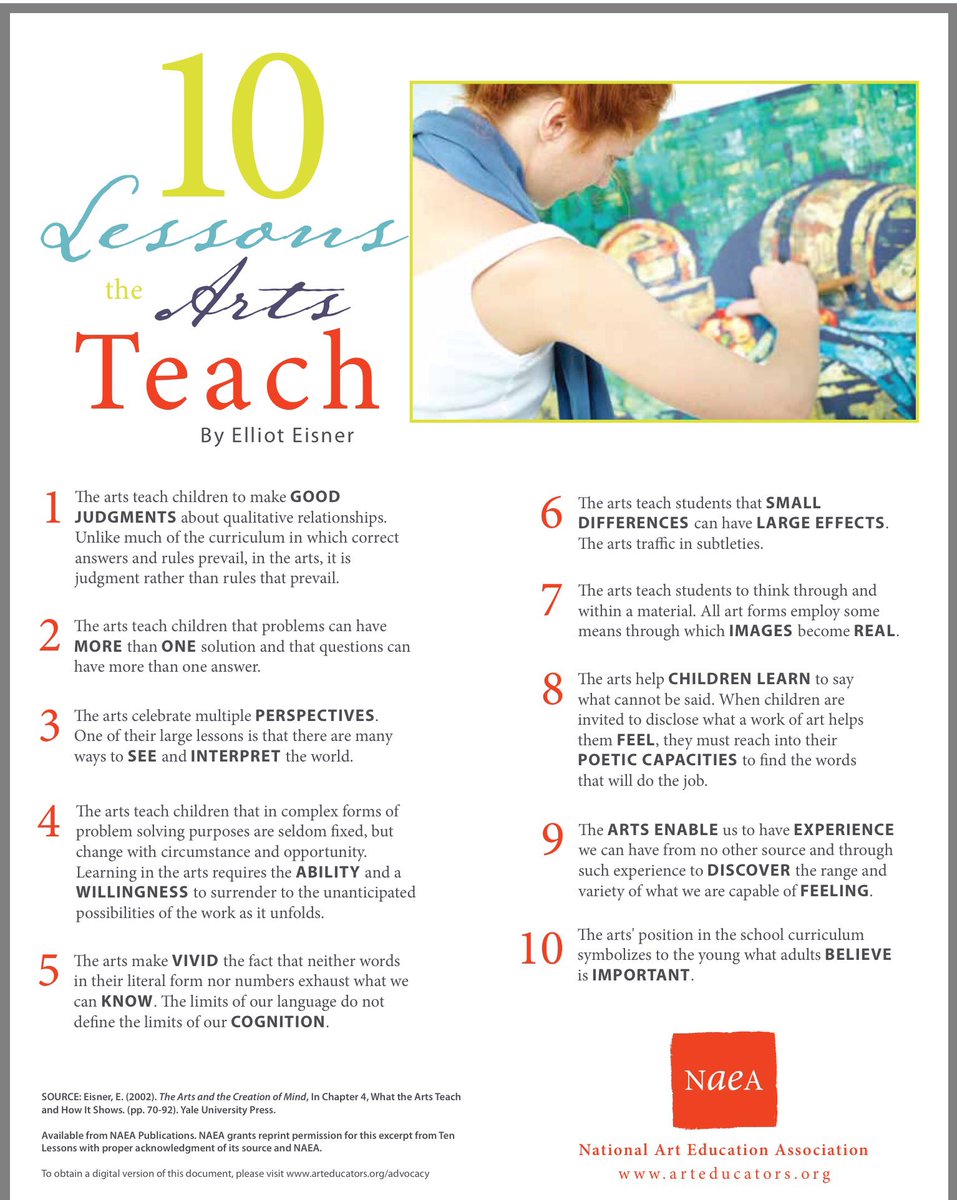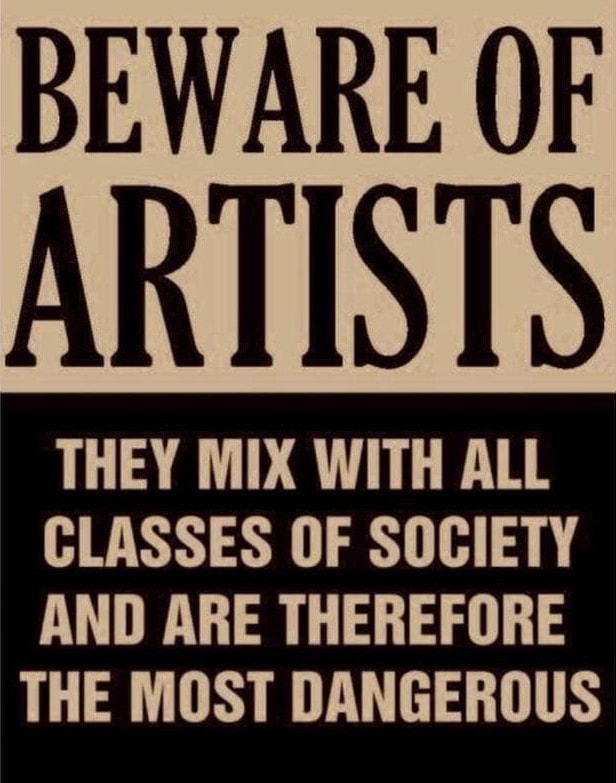Visual arts are not a mere luxury. They are not trivial, frivolous, nor reserved only for expressing emotions. The freedom of expression offered by the arts is vital to our innate compulsion to create, but the arts also offer unique pathways to develop critical thinking, problem solving, and communication skills. The arts are a fundamental part of equipping students with skills needed to thrive in a 21st century world in that they support the empowerment of student voice. Through experimentation and persistence, young artists learn to embrace failure as opportunity and to utilize creative thinking in order to explore multiple solutions to academic, personal, and societal issues.
Studies have found that high school students from under-resourced environments who are highly involved in the arts have better grades, are less likely to drop out, and are more likely to go on to college.
(Catterall; J.S., Dumais, S.A., & Hampden-Thompson, G. (2012). The Arts and Achievement in At-Risk Youth: Findings from Four Longitudinal Studies. Washington, DC: National Endowment for the Arts).
A study from the Arts Education Partnership, Third Space: When Learning Matters, finds that schools with large populations of students in economic poverty—too often places of frustration and failure for both students and teachers—can be transformed into vibrant hubs of learning when the arts are fused into their curriculum and culture.
(Stevenson, L.M. & Deasy, R.J. (2005). Third Space: When Learning Matters. Washington, DC: Arts Education Partnership. (pp. 10-11).
Studies have found that high school students from under-resourced environments who are highly involved in the arts have better grades, are less likely to drop out, and are more likely to go on to college.
(Catterall; J.S., Dumais, S.A., & Hampden-Thompson, G. (2012). The Arts and Achievement in At-Risk Youth: Findings from Four Longitudinal Studies. Washington, DC: National Endowment for the Arts).
A study from the Arts Education Partnership, Third Space: When Learning Matters, finds that schools with large populations of students in economic poverty—too often places of frustration and failure for both students and teachers—can be transformed into vibrant hubs of learning when the arts are fused into their curriculum and culture.
(Stevenson, L.M. & Deasy, R.J. (2005). Third Space: When Learning Matters. Washington, DC: Arts Education Partnership. (pp. 10-11).


